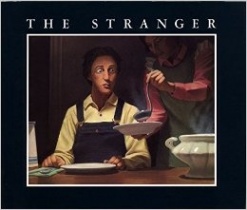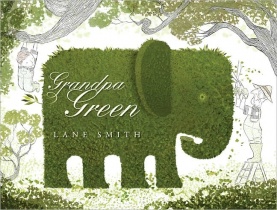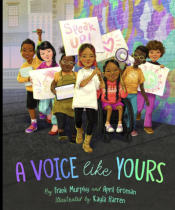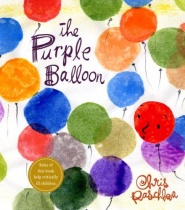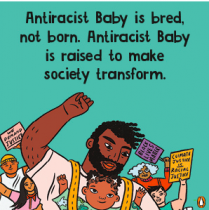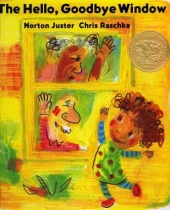A few months ago, I had read a post from one of my former students (now in middle school) and his mother who had gone to see a movie. This movie had left them both speechless-their eyes filled with tears. It had been a book that had turned into a movie entitled The Hate You Give. According to them, the movie had done the book justice. Immedietely when my husband and myself both watched the trailer, we knew what kind of feelings it would bring about, but we agreed that based on our society we are living in right now, it deserved a watch and a discussion.
It has been a long time since I have seen a movie that brings about not only raw emotions, but necessary discussions about race and inequality throughout our world. We can be honest with ourselves. Sometimes, when it does not affect us personally, we turn our back towards the systemic problem that in reality affects us all. There was one moment in the movie that struck a chord with me. My senior year of college, I decide to do an independent study with an English Professor who focused very specifically on biracial children, adoption and the cultural tension that could arise from living in between two worlds. I spent hours at Hillman focusing on racial identity as well as colorblindness in the 21st century. This was the first time I had heard this term used, and I remember wanting to learn more. I specifically checked out a stack of books with the coined phrase "colorblindness" in the title, and I began to read. I read until I realized how colorblind our world was. Many of us did not discuss race simply because we responded with these words, "I do not see color. I see the person for who they are." This exact line was used in the movie as the protagonist's boyfriend who happens to be Caucasian responds with these words. And though colorblindness is not a term used in the movie, it certainly was the only word that came to mind at that moment whilst watching this scene.
To deny someone their color is to deny them of where they come from but also the racial inequities that plague our very world. The world sees color whether we want it to or not. The world sees and forms certain stereotypes based off of that color or culture or ethnicity is represented. And I suppose the question everyone is probably asking in this particular post is "Where is the Whimsy?" I think there is whimsy in changing your own perceptions and realizing perceptions change when we bond together. For me, my goal every day in the classroom is to create global awareness, to discuss inequalities an different cultures and stereotypes across society. My role every day is to recognize my privelege in society. My role as an educator is to ensure colorblindness is not what my students are left with at the end of their third grade year. Sure, I cannot control what they learn outside of the classroom, but I can still work towards an awareness they are met with during their third grade year. Whimsy requires passion. And this awareness happens to be one of my passions. Find yours. Work towards a global perspective. Try to get outside the walls in which you work or the families in which you live. Tolerance is not a noun but a working and whimsical verb.

